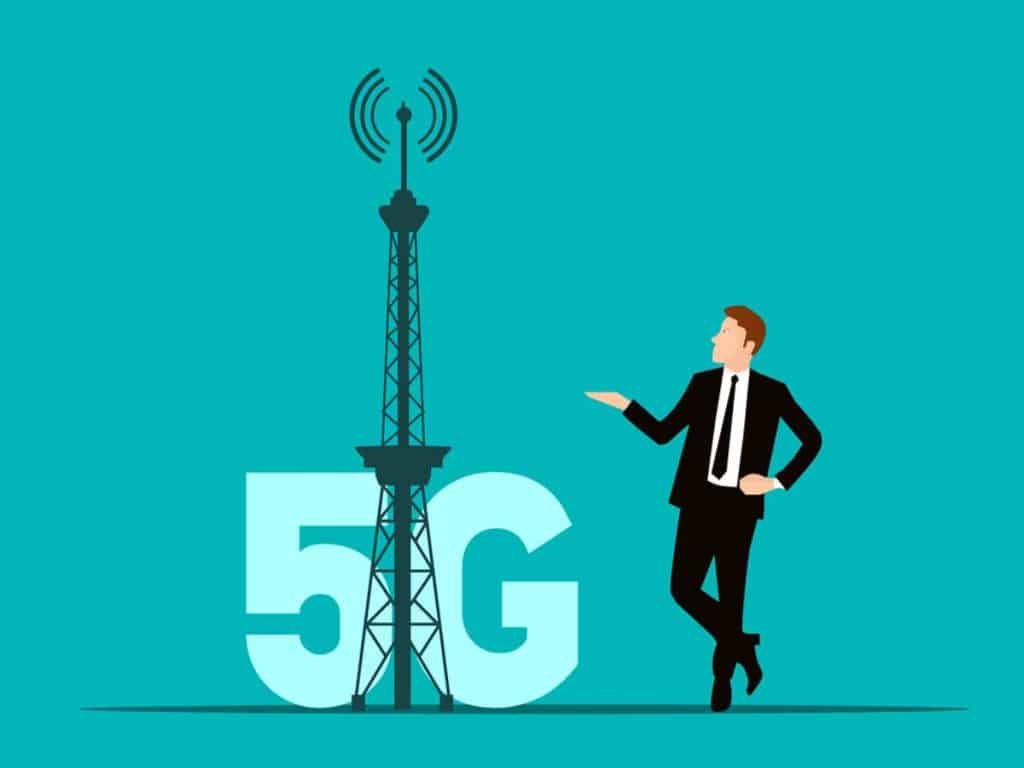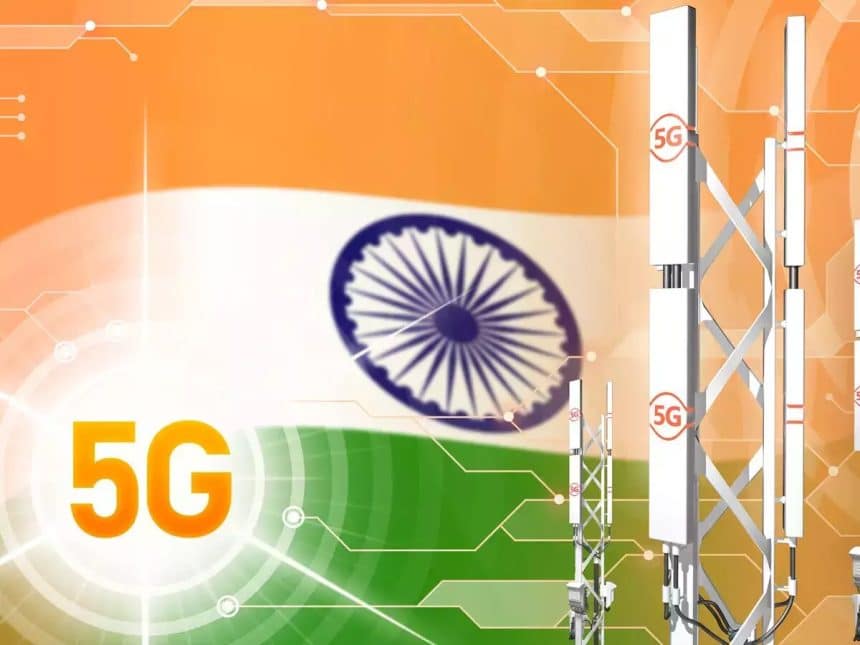The anticipation for 5G Network in India was electric but a year into its rollout, the reality is far from thrilling. The experience has left many users disappointed, overwhelmed with a list of grievances that have cast a shadow on the initial excitement. This blog will delve into the drawbacks of 5G’s introduction in India and provide a more user-friendly perspective on the matter.

Great Expectations and Dull Outcomes
The launch of 5G in India hasn’t lived up to the hype. While the 5G logo graces our smartphones in most major cities. The actual user experience falls short of the grand promises made by service providers. Beyond the speed tests and marketing hype, the practical accessibility of 5G in India is still a work in progress.
Inconsistent 5G Network and Frequent Switching
Since the introduction of 5G, networks have become less reliable and more unpredictable. Most users encountered a disheartening increase in call drops and interruptions. The most frustrating aspect is the constant shift between 4G and 5G. Unlike the days when 4G was the sole option, 5G now shares the spotlight causing network instability. This results in a higher rate of call drops and disruptions in browsing and downloads.
- Advertisement -
5G Network Despairs in Crowded Places
5G networks face even greater challenges in larger buildings, like offices, and in densely populated areas. During festive events such as Durga Puja, getting a decent signal for making calls can be a real struggle.
So, What’s Causing all these Problems?
The root of the issue lies in 5G Network’s technology. While 5G offers remarkable speed and minimal latency, it struggles to cover extended distances. The higher frequency bands used in 5G have limited range and are easily obstructed by physical obstacles like buildings and trees. This means that to ensure comprehensive coverage a much higher number of small cell towers is needed and they must be positioned closer together. Remote regions may suffer from limited 5G access deepening the digital divide.
The Cost of 5G
In observation, it’s vital to consider the financial implications of 5G. Establishing extensive and stable 5G coverage requires a substantial investment in small cell towers and dedicated equipment. This infrastructure is essential to overcome 5G’s coverage limitations and efficiently handle obstructions. The increased cost associated with 5G infrastructure could explain the uneven coverage experienced by users.
A Potential Solution
One feasible solution for telecom companies is to designate specific areas for either 5G or 4G service. In locations with robust 5G coverage, providers should offer only 5G eliminating the 4G option. In areas where 5G reliability is still a concern providers should exclusively offer 4G networks. This approach could inject much needed stability into the network and address the issue of constant toggling between 4G and 5G. Also considering that not every Mobile phone support 5G is really important. So, observing the locale is really important.
While 5G promises fast speeds and minimal latency, the rollout in India has encountered its fair share of challenges. The limitations related to 5G’s range, the expense of infrastructure development, and the speed in deploying this new technology have led to a user experience that falls short of expectations. Until coverage and infrastructure issues are resolved, the dream of 5G in India remains a distant goal.


